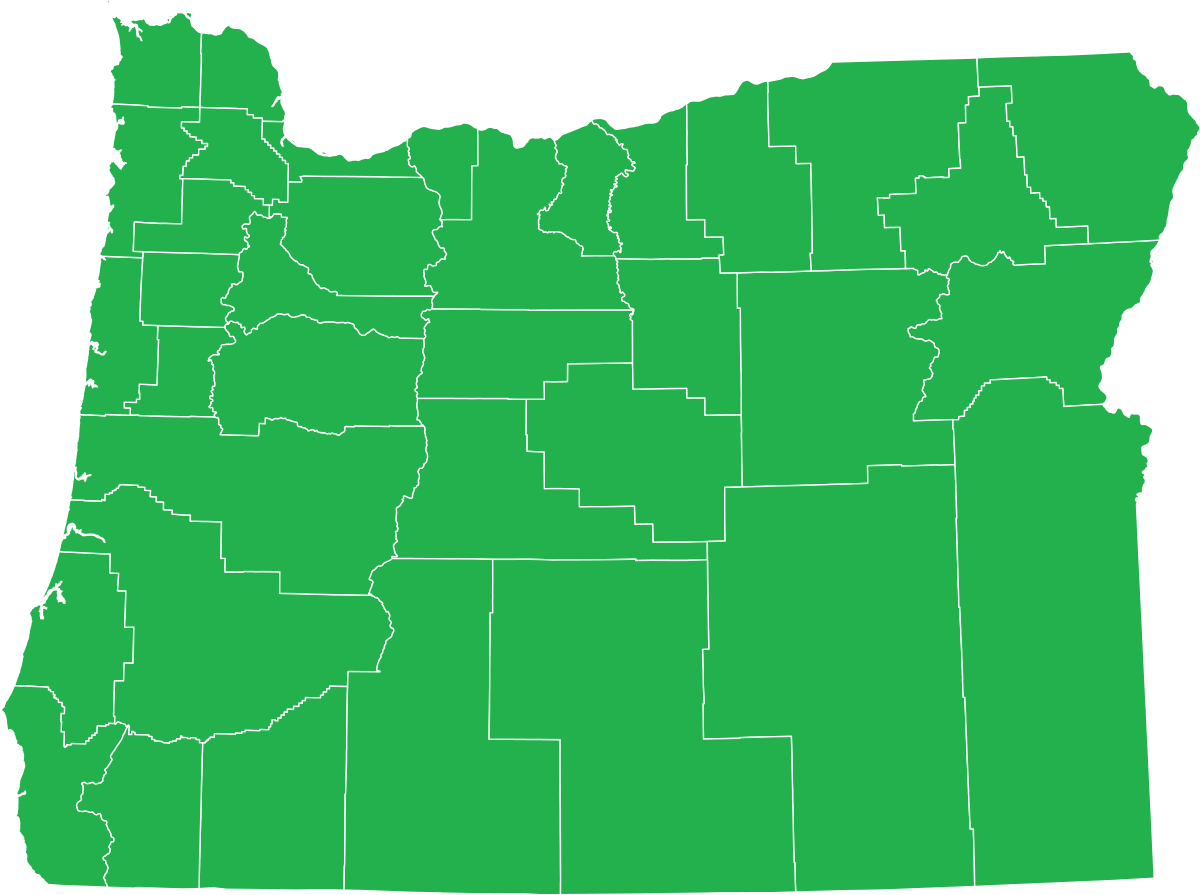Yes 744,195 Valid votes 993,338 | No 249,143 | |
 | ||
744,195 7001749200000000000♠74.92% 249,143 7001250800000099999♠25.08% 993,338 7001848600000000000♠84.86% | ||
Ballot Measure 51 was an Legislatively referred constitutional amendment ballot measure for the May 20, 2008 primary election ballot in the state of Oregon. The measure amended the Oregon Constitution and was passed by the voters.
Contents
Background
The measure amended the Oregon Constitution providing crime victims an effective processes for enforcing remedy by due course of law for violations of the constitutional rights in criminal prosecutions and juvenile delinquency proceedings. These rights included the rights to: be present during specified proceedings, refuse defendants' discovery requests, receive restitution, obtain transcripts, consult about specified plea negotiations). The version of the constitution at the time this measure was put forward denied victims effective processes for enforcing these rights in court.
The measure provides victims may assert claim based on these rights in pending cases or, absent pending case, by mandamus. It authorizes legislature to enact implementing legislation. It would however, allow victims to obtain compensation, invalidate an accusatory instrument, conviction or adjudication, terminate a criminal or juvenile delinquency proceeding, or suspend such proceeding if suspension would violate defendant's constitutional rights.
Estimate of Financial Impact
The direct financial impact to state and local governments was indeterminate because the impact depended on how often a victim would choose to bring an enforcement action to protect rights guaranteed under section 42, Article I of the Oregon Constitution, but denied by the court, district attorney or other public agency. These additional challenges could arise before a criminal case is filed, after a case is filed, and after the entry of a final judgment in a criminal case. Actions could be pursued in cases involving person and property crimes in violation, misdemeanor and felony cases, and the victim could file an enforcement action more than one time in a single case. Some cases involve multiple victims, each of whom could bring an individual enforcement action. The measure authorizes the legislature to enact laws providing detailed procedures for claims by victims, including the establishment of reasonable limitations on the time allowed victims to assert their rights and prescribing procedures for appeal. Legislation providing such procedures and limitations could change the direct costs of this measure. Direct costs may also be impacted by the degree of change in the current practice of restitution orders and payment, how many new victims are identified by the court, and the number of challenges that are appealed to a higher court.
